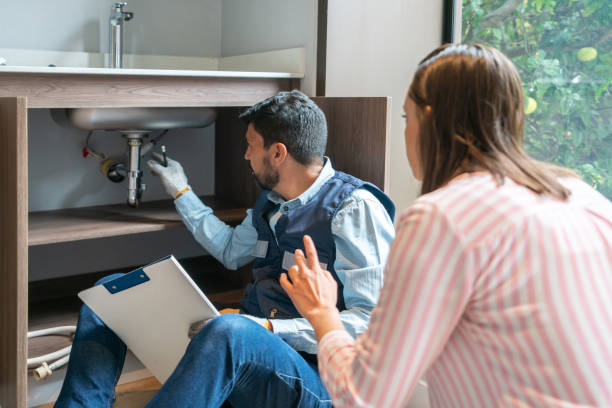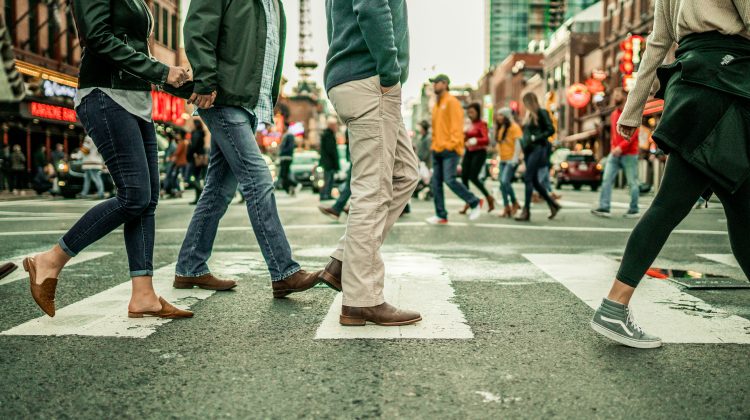If you are renting an apartment or home in Colorado, it is important to know and understand your rights as a tenant under the state’s warranty of habitability. This legal doctrine requires landlords to maintain their properties in safe, sanitary, and livable conditions that meet basic health and safety standards. Despite these protections, landlords may unlawfully breach this law, causing tenants to encounter habitability issues that may negatively affect their well-being and overall quality of life. When such issues arise, tenants have legal remedies available, including the right to request repairs, withhold rent in certain circumstances, or even terminate the lease if the property becomes uninhabitable. In this article, we will discuss some of the most common habitability issues faced by tenants in Colorado.
Pest Infestations
Pest infestations, which may include rodents, cockroaches, or bedbugs, are among the most common habitability issues faced by tenants. Infestations not only cause discomfort and unsanitary conditions but they can also pose serious health risks. In some cases, pests can contaminate food sources and trigger asthma or allergies. as well If you are facing pest issues in your rental unit, it is important to notify your landlord promptly and document any complaints made. Under the warranty of habitability, landlords are required to take “appropriate extermination in response to the infestation of rodents or vermin throughout a residential premises.” Failure to do so may be considered a breach of this law.
Plumbing Issues
Plumbing issues, such as leaking pipes, clogged drains, and a lack of hot water, can make a rental unit unsafe, unsanitary, and unlivable. As such, properly functioning plumbing is considered a basic requirement under the state’s warranty of habitability. Failure to address these issues may not only result in a breach of this law, but may also result in other issues such as water damage and mold growth. It is imperative that landlords take immediate steps to remediate any plumbing problems in your unit. Tenants should keep detailed records of all communications with their landlord and take photos and videos of any damage for documentation purposes.
Mold
Mold growth is another common issue faced by Colorado tenants, often caused by water leaks or poor ventilation. Exposure to mold can cause respiratory issues, allergic reactions, and other health concerns that have the potential to cause long-term damage. Black mold can be particularly dangerous, spreading quickly through damp materials such as drywall and carpeting. If there is mold in your rental unit, it is important to report it to your landlord as soon as possible so that your landlord can address the issue and prevent further damage. Landlords have a responsibility to fix any underlying moisture issues and ensure that the affected areas are cleaned and repaired to prevent regrowth.
Structural and Safety Hazards
Structural issues are another area of concern in Colorado rental units. Some common examples of unsafe conditions include unstable flooring, broken stairs, roof leaks, faulty windows, exposed wiring, collapsing ceilings, and missing handrails, all of which pose serious injury risks. Under state law, landlords are required to maintain the structural integrity of their properties, as neglecting these repairs can endangers the safety of their tenants. Tenants should report any hazards to their landlords promptly.
Heating and Cooling Issues
In Colorado’s changing climate, a reliable heating and cooling system is essential for the health and safety of tenants. Landlords are legally required to provide functional heating systems capable of maintaining a safe indoor temperature. While air conditioning is not required, any cooling system included with a rental must be properly maintained and in working condition. If a heating or cooling system breaks down in your rental unit, landlords are required to make timely repairs to ensure the unit remains habitable.




No Comment